Omission control: Tavares Strachan is reinstating the invisible heroes of history
Fusing creativity and science, conceptual artist Tavares Strachan is reinserting disappeared people of colour into the historical narrative. This article will feature in the October 2020 issue of Wallpaper* (W*258), on newsstands from 17 September
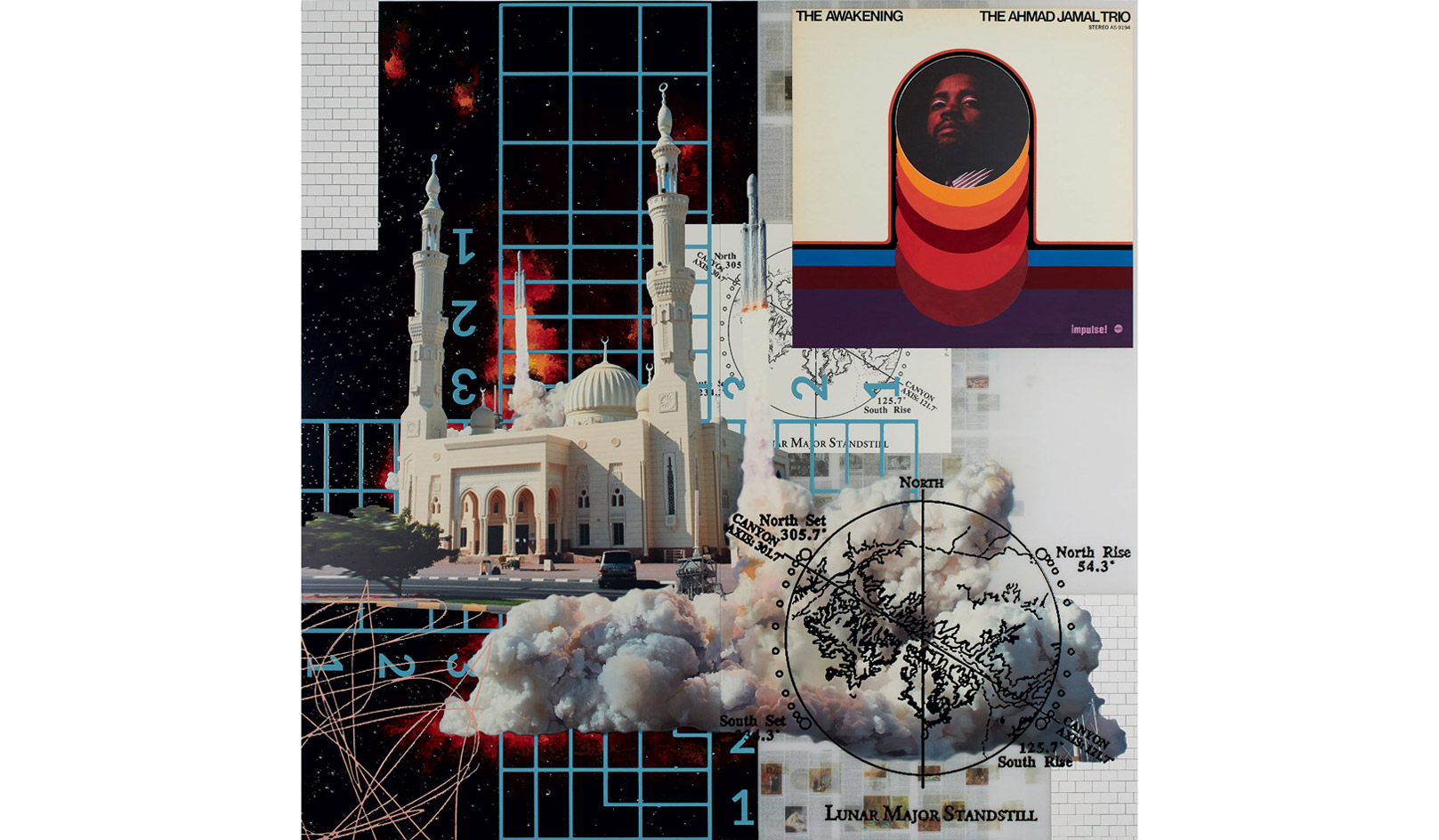
Tavares Strachan grew up in Nassau, in the Bahamas. Not very many artists come from Nassau. That being said, it is a small place, with a population of 393,244 compared with the 8.3 million people living in New York City where Strachan now resides. The remit of Strachan’s work, however, is as big as history and as infinite as time.
Strachan has sent the Black astronaut who never made it into space into orbit, and is in the process of finding invisible people of colour from history and reinserting them into the narrative. He is annotating collective memory and turning the clocks back at will. Creatively inspired by scientific thinking, Strachan has collaborated with both the Allen Institute and SpaceX, and has also joined several polar expeditions. A conceptual artist working in neon, painting, collage and installation, he challenges the norm and turns what is expected from him on its head.
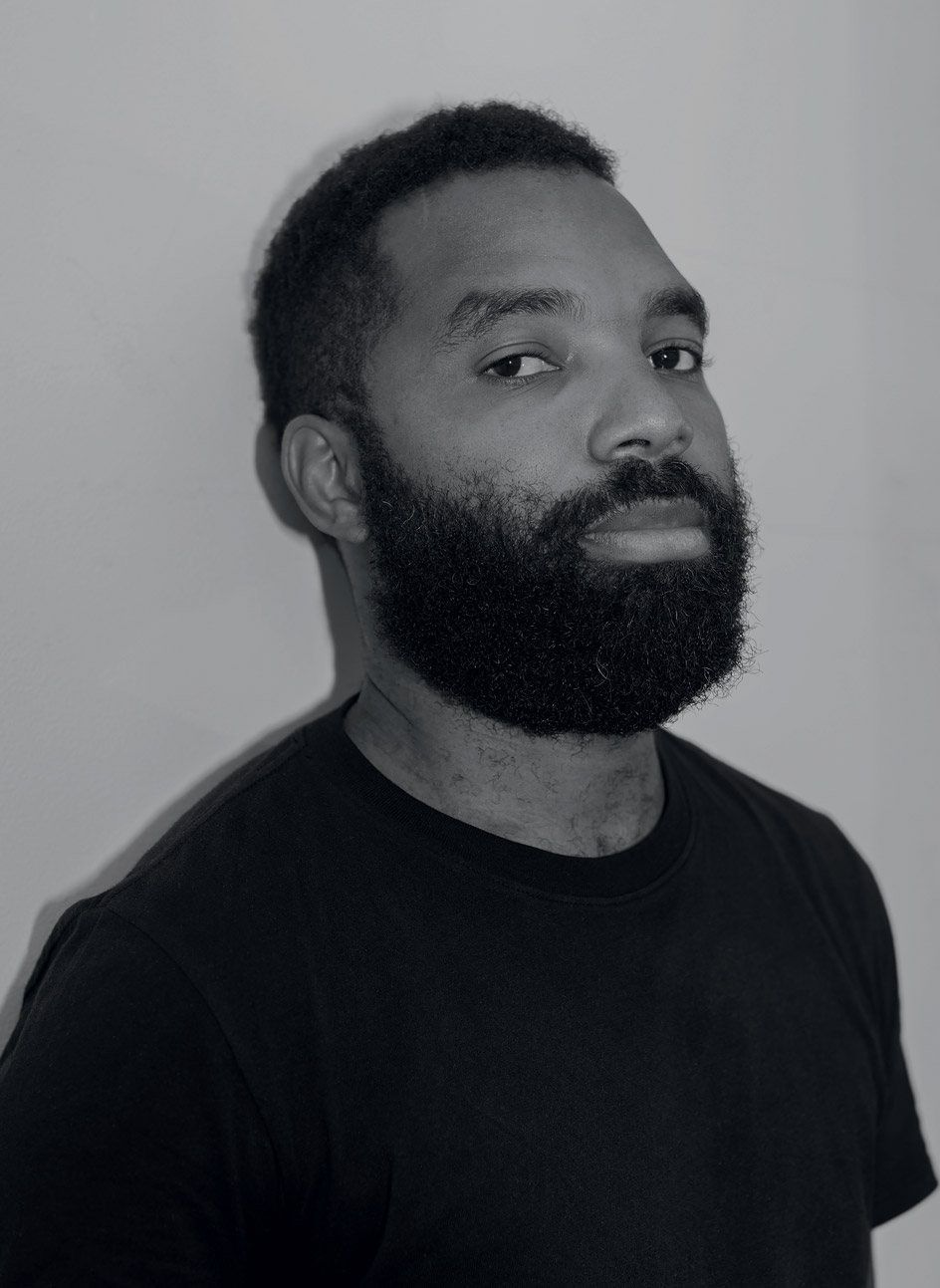
Strachan photographed in his Manhattan studio in August 2020. Photography: Widline Cadet
Sitting in his Manhattan studio, in front of a wall of pinned notes and images fluttering in the summer breeze, Strachan muses on what it was like to define himself as an artist growing up on a small island. ‘I had to re-educate myself on what the existential relationship that I was going to have to art was going to be, because the way that I learned about art was these kinds of Western traditions of art-making that are primarily white and male,’ he says.
Re-educating, reimagining and repositioning are at the heart of his practice. ‘I think creativity has nothing to do with one’s identity, but more to do with one’s sense of purpose and spirit,’ explains Strachan. ‘When you’re thinking of creative practice in relation to limitation – limitation meaning that there weren’t very many artists who looked like me in the world – it became this opportunity to think about how the creative process is defined by the authorities, and basically ignore all of it. Do everything in spite of it.’
As an artist, he has strived to embrace what truly interests him. He used to be self-conscious about his passion for the creative aspect of science and the history of mathematics, but no longer. ‘When you are living in the Caribbean, and when you’re an artist, you are not expected to be interested in science. To do all these things together – to be where I am from, and to have these interests – is even more absurd,’ he says with a smile.
When you are living in the Caribbean and you’re an artist, you are not expected to be interested in science. To do all these things together is even more absurd
Strachan is interested in teasing histories, topics and experiences out of the world that may not be apparent on the surface, that have been rendered invisible. ‘[African-American author] Ralph Ellison describes invisibility as a refusal to see,’ he recalls.
One of Strachan’s best known works, The Encyclopedia of Invisibility (2018–), is an ongoing piece which chronicles subject matter and topics often omitted from historical records, investigating the nature of invisibility. Spanning 2,400 pages to date, the encyclopedia is an invitation to rethink who and what deserves a place in the collective memory, and an effort to make sure traditionally marginalised figures and narratives are remembered.
Strachan does this with the lightest touch, both through the cross-cultural juxtapositions in his paintings and his neon text works. He built a neon installation into the desert in the Coachella Valley for the first edition of Desert X in 2017. As darkness fell, the words ‘I am’ were revealed in light, surrounded by shards, also made out of neon. If his paintings explore, his neons provoke. At first seeming pretty and reassuring, the words sit there in space, and over time they start to raise more questions than they answer. ‘That’s what I’m interested in, with the things I’m involved with or end up making. How do we reimagine our identity?’ says Strachan, raising a key question in post-colonial rhetoric; if you don’t know your history, how can you truly know who you are?
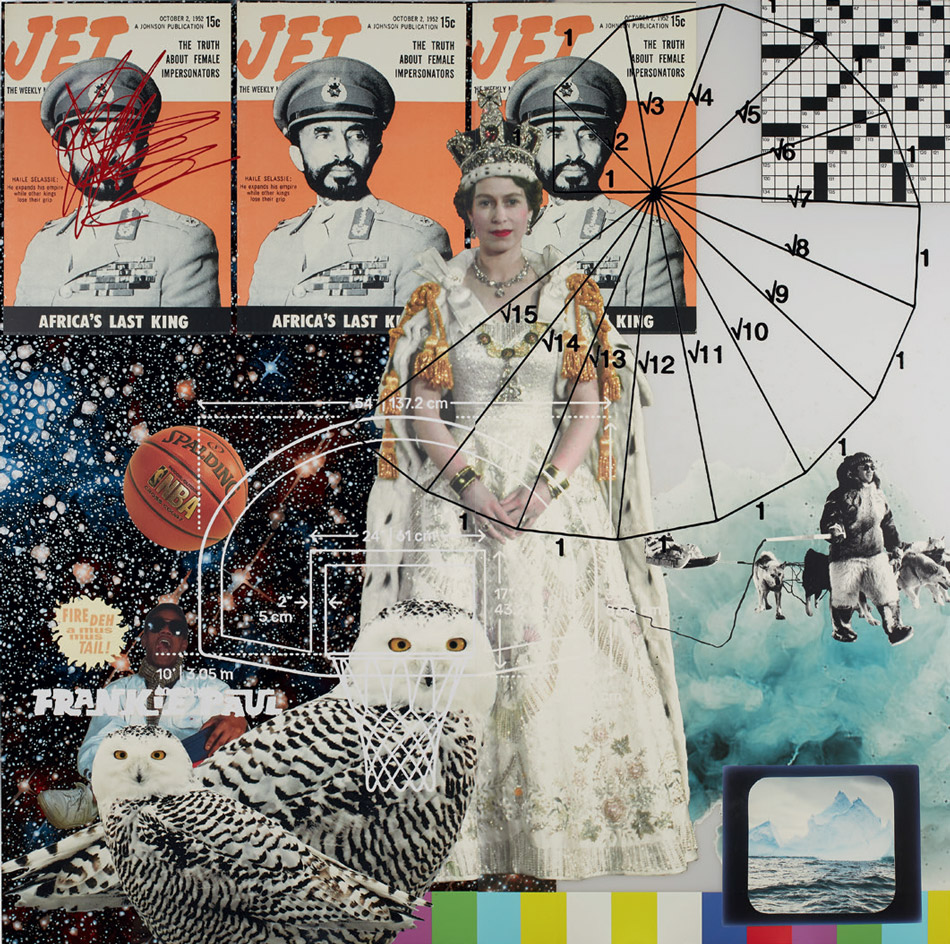
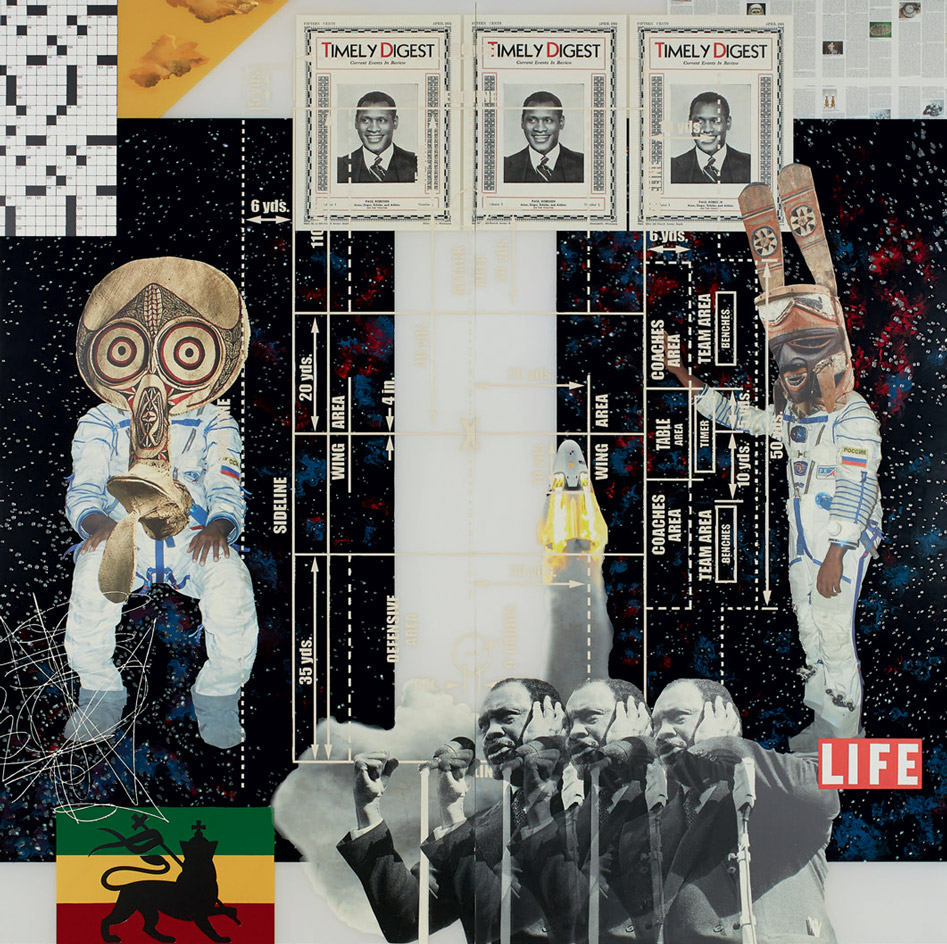
Above: Every Knee Shall Bow, 2020. Below: Touch the Stars, 2020. courtesy of the artist and Marian Goodman Gallery
Robert Henry Lawrence Jr was the first African-American astronaut and was part of the Manned Orbiting Laboratory programme, later absorbed into NASA. Had he not died in a pilot training exercise in 1967, it is thought, due to his age and qualifications, he would have joined the space shuttle programme. His story is little known. Strachan’s work Robert, which featured in the 2019 Venice Biennale exhibition ‘May You Live In Interesting Times’, was a pulsating neon sculpture of the body of Lawrence, who died in his ejector seat, suspended in space but arcing towards the stars. It struck the right balance between the conceptual and the simple rectification of omission. In 2018, Strachan launched the work Enoch, named after the biblical figure who could transcend death, into orbit in a collaboration with SpaceX and the LACMA Art+Technology Lab. The work, a gold bust of Lawrence modelled on an ancient Egyptian burial vessel, was encased in metal and released into orbit, where it will stay for seven years.
Along similar lines, the inspiration for ‘In Plain Sight’, his new show at Marian Goodman Gallery in London, is the story of African-American explorer Matthew Henson, the first man to reach the North Pole in 1909, with Robert Peary and four Inuit assistants. Henson’s story and that of the assistants, although a matter of record, have been less amplified over the years than that of Peary, who is white. ‘The story kind of popped up, and it went from being this piece of history, research, science, to being this beautiful metaphor for something so profound it is hidden in plain sight, something so essential that it is not recognised as essential,’ says Strachan.
He equates the expedition to the North Pole in 1909 with the moon landing 60 years later. Although, as Strachan notes, the North Pole is always moving, so nowhere is actually the North Pole for very long. This factoid is a key metaphor for Strachan. Altering the history we know, he puts Henson back into the story, as one of the first, if not the first, men to reach the North Pole.
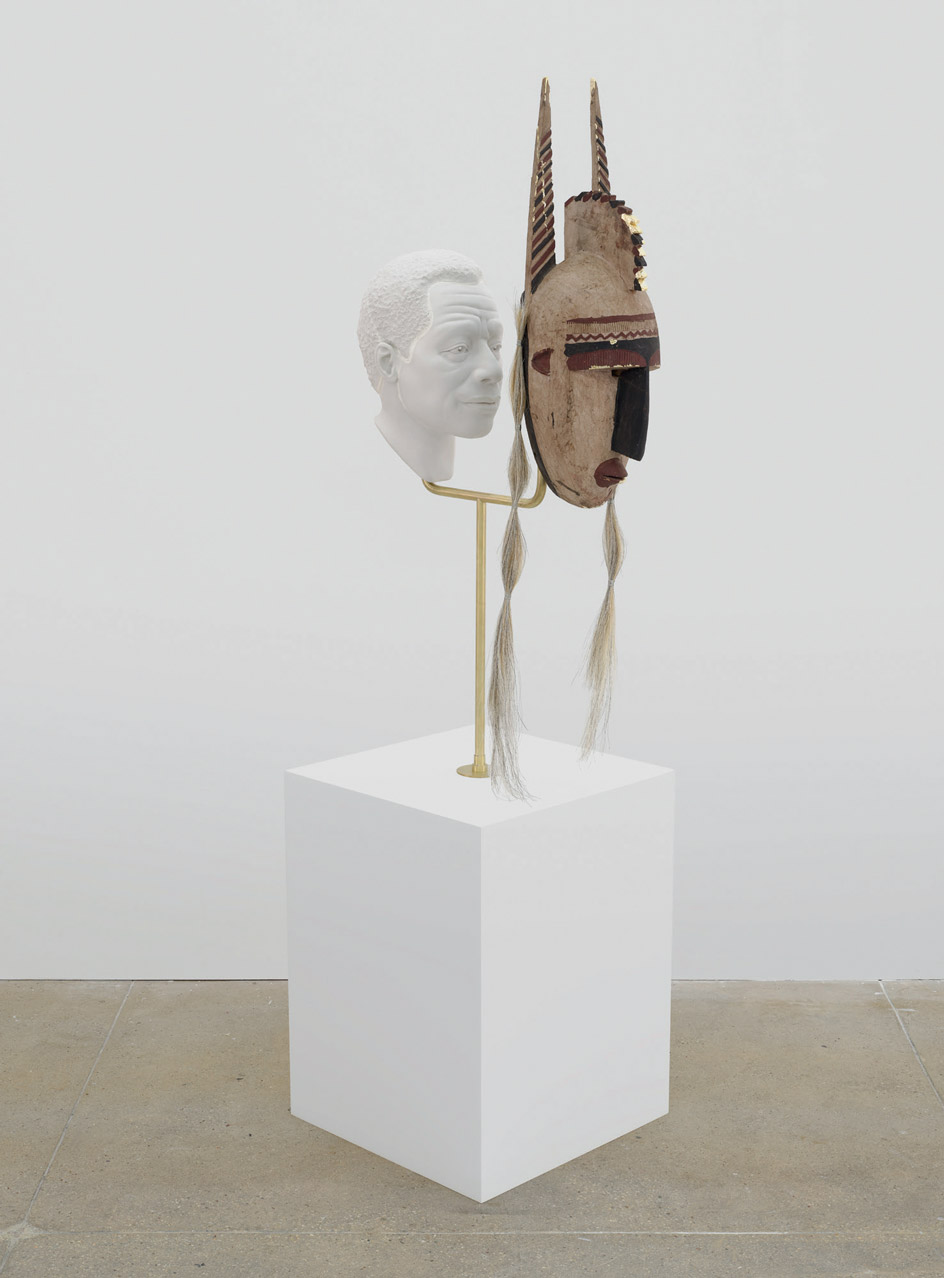
Distant Relatives (James Baldwin), 2020, showing a bust of the late African-American writer behind a West African Bambara mask. Photography: Tom Powel Imaging, courtesy of the artist and Marian Goodman Gallery
This strand is explored in his exhibition at Marian Goodman through the work Distant Relatives, which combines the busts of researched figures from history whose stories have been lost or omitted. Figures from history either deliberately omitted or forgotten, their stories inconvenient truths. ‘I really love this idea of a dialogue between these folks that have done incredible and interesting things in the 450-year-old story [of African slavery] and being removed from that story,’ the artist says.
Also coming to London is new work The Awakening, a collaged painting inspired by Lawrence that shows a mosque with a launching rocket, alongside the astronaut’s favourite album The Awakening (Impulse Master Sessions) by the Ahmad Jamal Trio. For the artist, it touches on multiple themes, including mathematics, music and anxiety. He sees the positioning of a mosque next to a rocket as being highly anxiety-inducing post-9/11, but he also wants to highlight that both were created through mathematics, which has its roots outside the Western world.
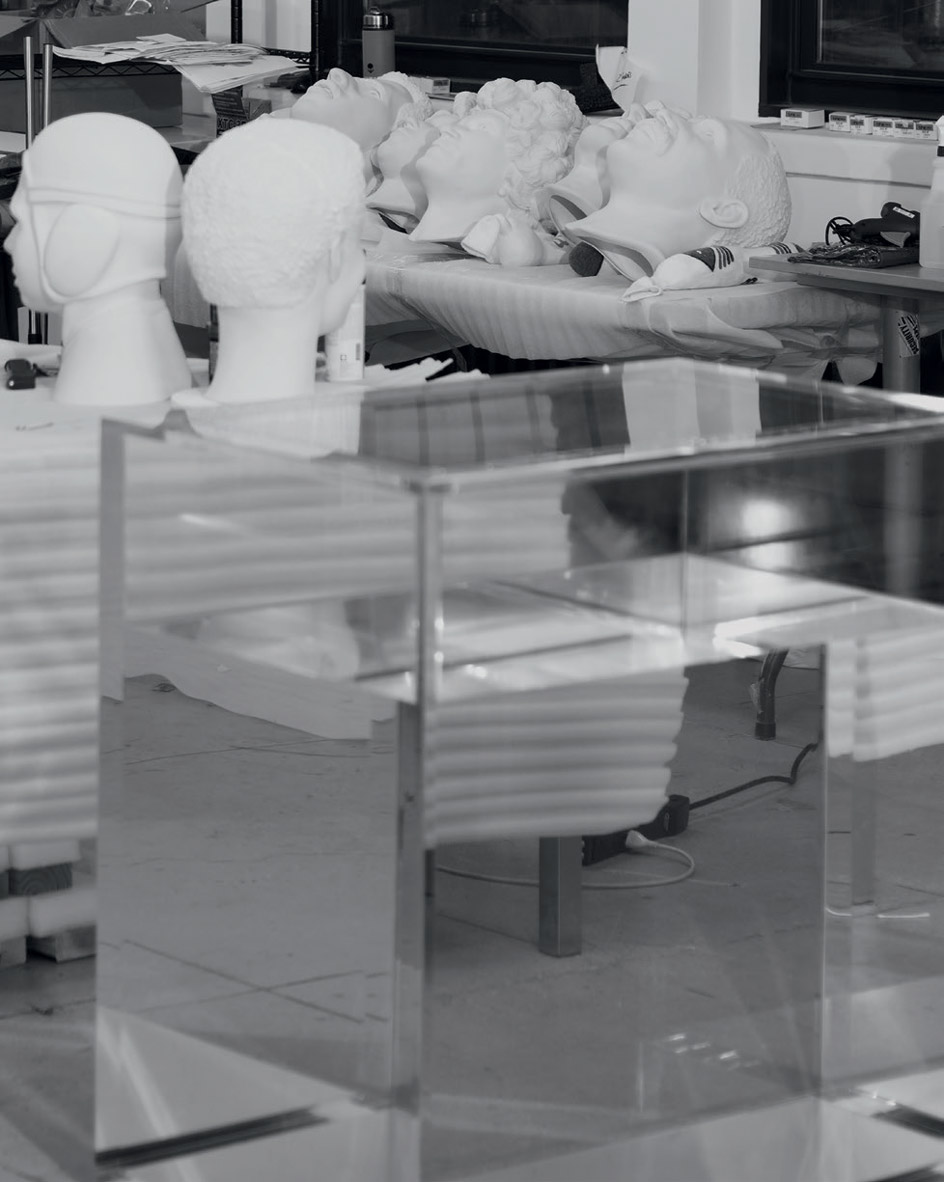
Works in progress in Strachan’s Manhattan studio. Photography: Widline Cadet
‘Sometimes I feel nervous about that work because I think it is rich with potential for misunderstanding,’ Strachan confesses. ‘The reason I made it is because it had this sense of putting one’s anxiety on the canvas, on the surface. [I was] taking these images that run parallel with their origins on a historic level, but also on a contemporary level.’
Strachan always has music playing in the studio and during this interview it’s Marvin Gaye’s What’s Going On. He explains that he sees art very sonically, with music and sound being intrinsic to the way he creates, repositioning and remixing images and ideas. Essentially, he is placing things in front of us and, as with music, half the work happens in our minds.
‘Think about early dubbing and sampling. If you think about things that just vibe together that are cross-cultural, that are inspiring visually but also inspiring conceptually. [They] merge together to make this baseline, this rhythm of a nation.
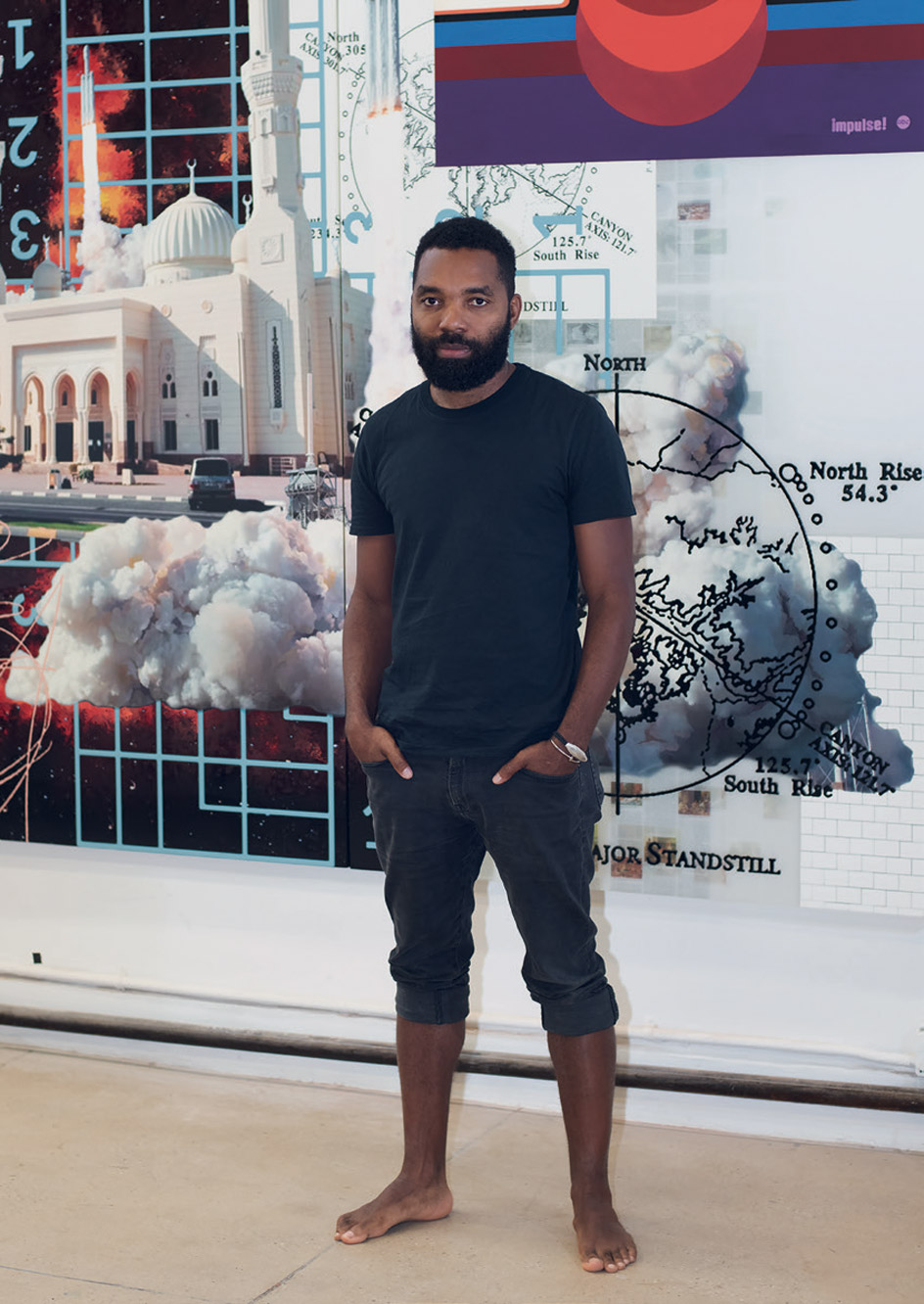
Artist Tavares Strachan in front of his piece, The Awakening, which appears in his new show at Marian Goodman Gallery in London.
INFORMATION
‘In Plain Sight’, until 24 October, Marian Goodman Gallery. mariangoodman.com; isolatedlabs.com
Wallpaper* Newsletter
Receive our daily digest of inspiration, escapism and design stories from around the world direct to your inbox.
Amah-Rose Abrams is a British writer, editor and broadcaster covering arts and culture based in London. In her decade plus career she has covered and broken arts stories all over the world and has interviewed artists including Marina Abramovic, Nan Goldin, Ai Weiwei, Lubaina Himid and Herzog & de Meuron. She has also worked in content strategy and production.
-
 Gallic automotive luxury and craft come to the fore in the unique Presidential DS N°8
Gallic automotive luxury and craft come to the fore in the unique Presidential DS N°8DS Automobiles has created a new conveyance for President Macron. This one-off DS N°8 continues a long tradition of supplying cars to the presidency
-
 Book a brutalist one-room wonder Down Under, the Vipp Tunnel in Tasmania
Book a brutalist one-room wonder Down Under, the Vipp Tunnel in TasmaniaThe Danish design brand's bookable showcases arrive in the southern hemisphere, thanks to the vision of Tasmanian architectural firm Room 11
-
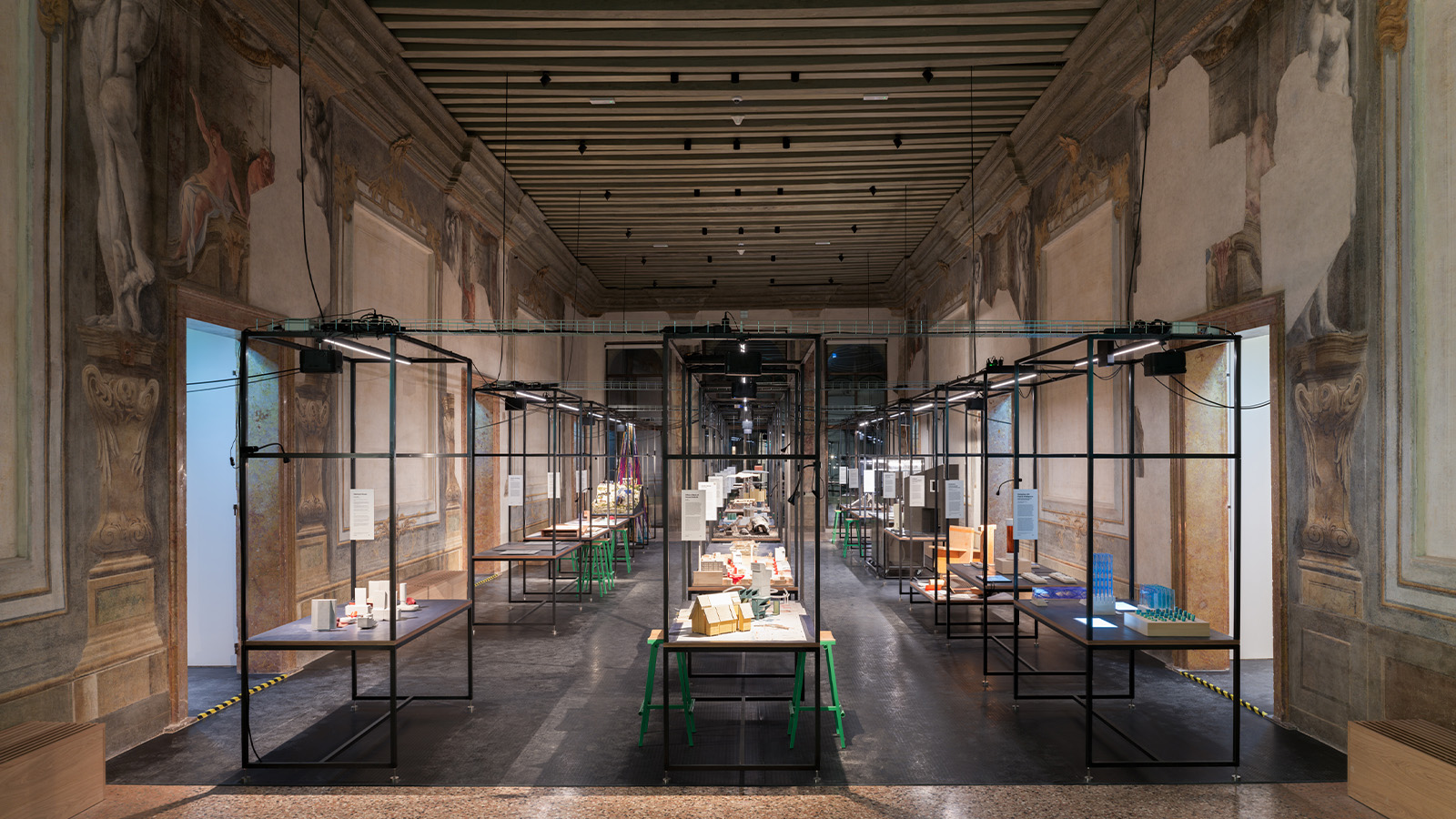 From 3D printed mud homes to portable kitchens, in Venice, we explore new ways to co-exist with our planet
From 3D printed mud homes to portable kitchens, in Venice, we explore new ways to co-exist with our planetAt Palazzo Diedo a new exhibition by MIT Architecture and Antikythera questions how construction is currently understood in order to ‘rebuild’ our world, for 19th Venice Architecture Biennale
-
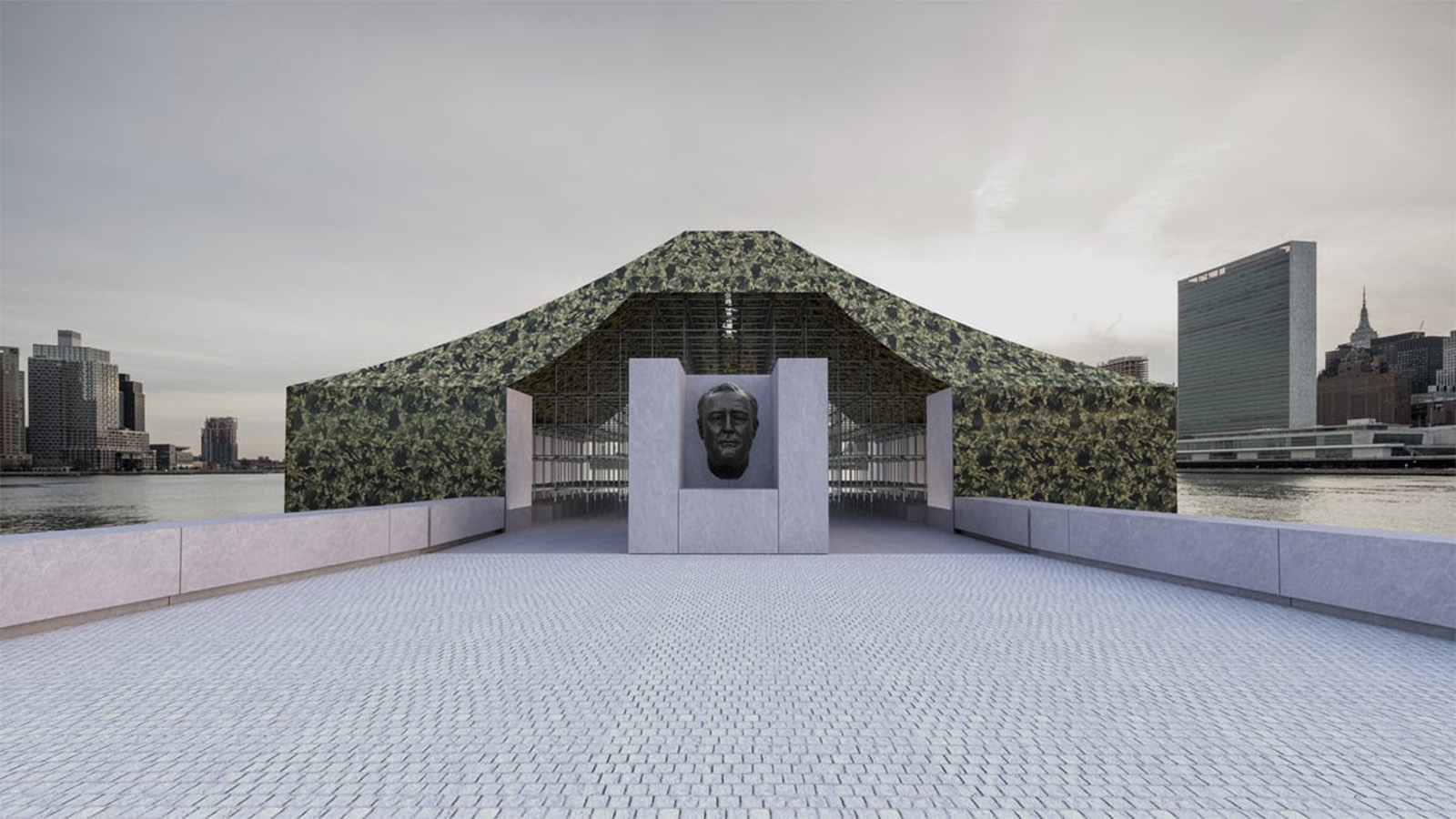 Ai Weiwei’s new public installation is coming soon to Four Freedoms State Park
Ai Weiwei’s new public installation is coming soon to Four Freedoms State Park‘Camouflage’ by Ai Weiwei will launch the inaugural Art X Freedom project in September 2025, a new programme to investigate social justice and freedom
-
 Leonard Baby's paintings reflect on his fundamentalist upbringing, a decade after he left the church
Leonard Baby's paintings reflect on his fundamentalist upbringing, a decade after he left the churchThe American artist considers depression and the suppressed queerness of his childhood in a series of intensely personal paintings, on show at Half Gallery, New York
-
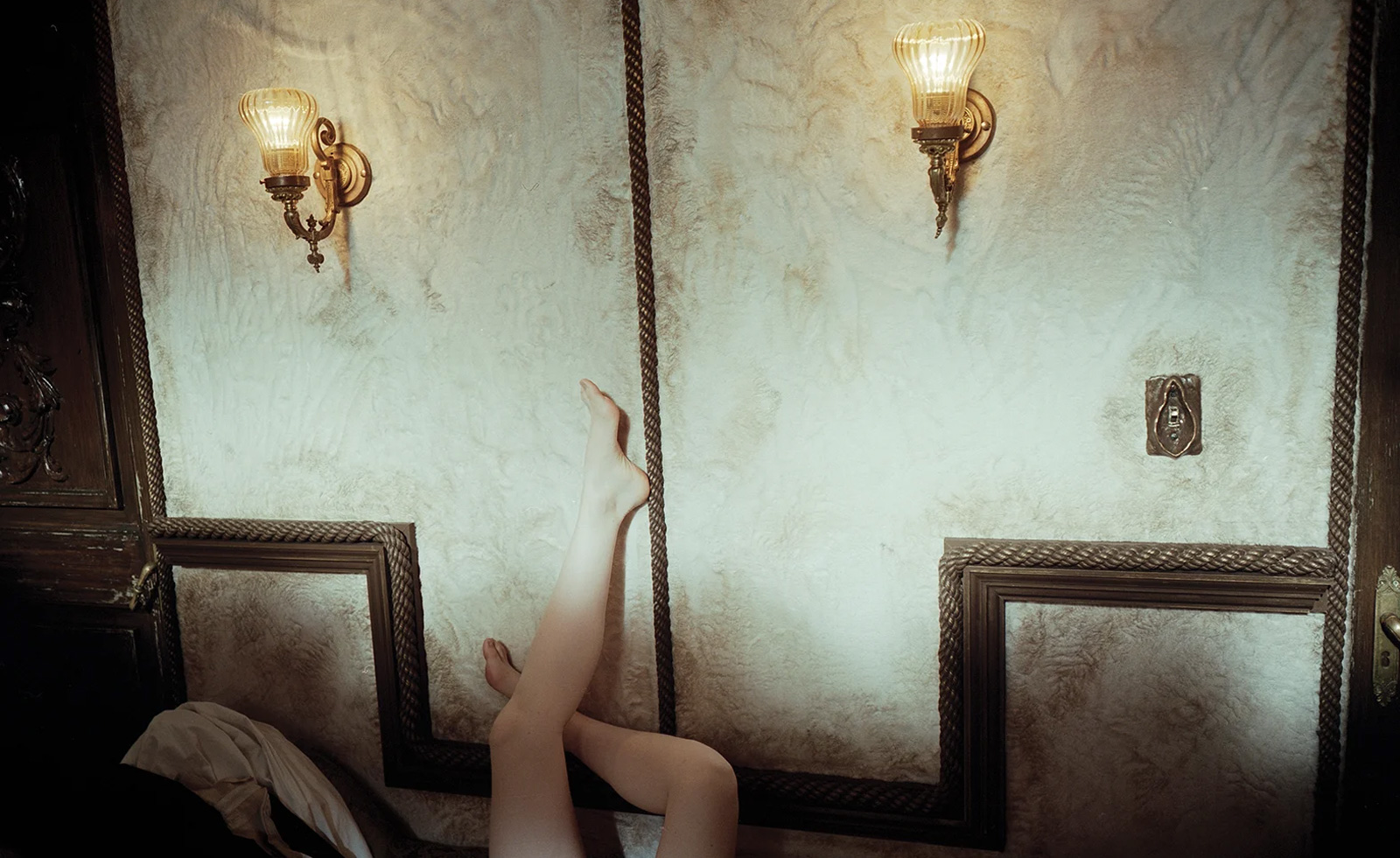 Unlike the gloriously grotesque imagery in his films, Yorgos Lanthimos’ photographs are quietly beautiful
Unlike the gloriously grotesque imagery in his films, Yorgos Lanthimos’ photographs are quietly beautifulAn exhibition at Webber Gallery in Los Angeles presents Yorgos Lanthimos’ photography
-
 Desert X 2025 review: a new American dream grows in the Coachella Valley
Desert X 2025 review: a new American dream grows in the Coachella ValleyWill Jennings reports from the epic California art festival. Here are the highlights
-
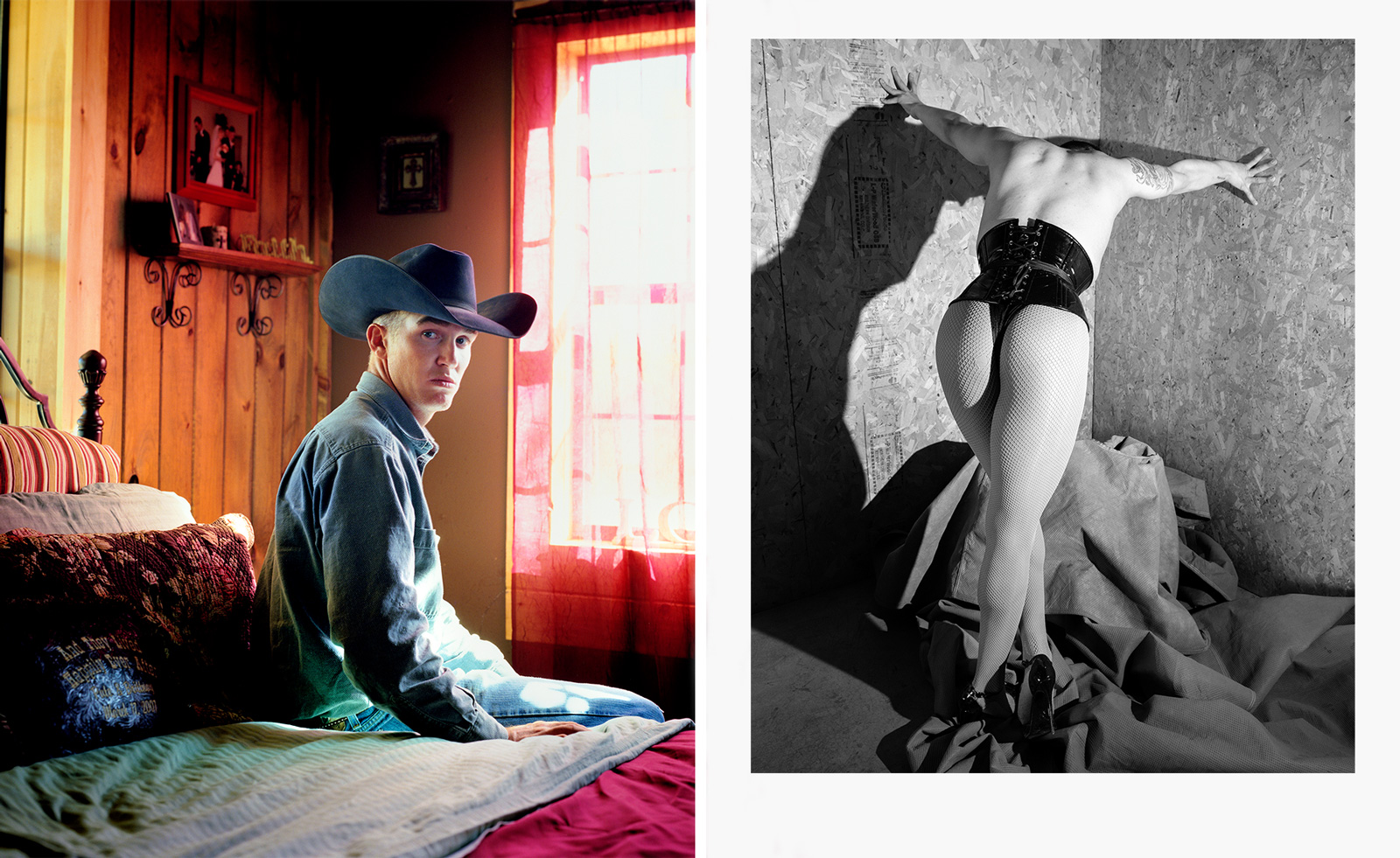 Cowboys and Queens: Jane Hilton's celebration of culture on the fringes
Cowboys and Queens: Jane Hilton's celebration of culture on the fringesPhotographer Jane Hilton captures cowboy and drag queen culture for a new exhibition and book
-
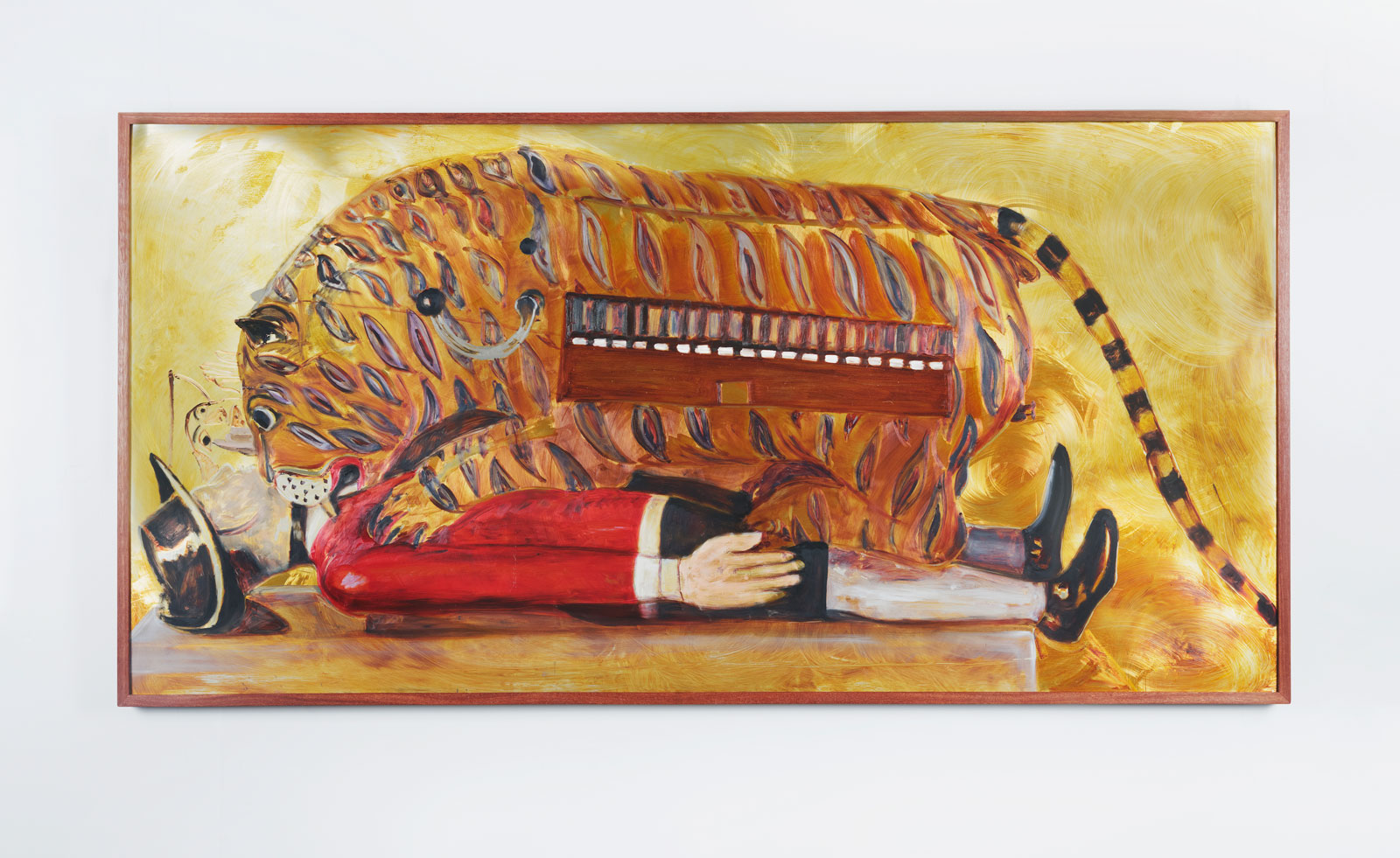 New gallery Rajiv Menon Contemporary brings contemporary South Asian and diasporic art to Los Angeles
New gallery Rajiv Menon Contemporary brings contemporary South Asian and diasporic art to Los Angeles'Exhibitionism', the inaugural showcase at Rajiv Menon Contemporary gallery in Hollywood, examines the boundaries of intimacy
-
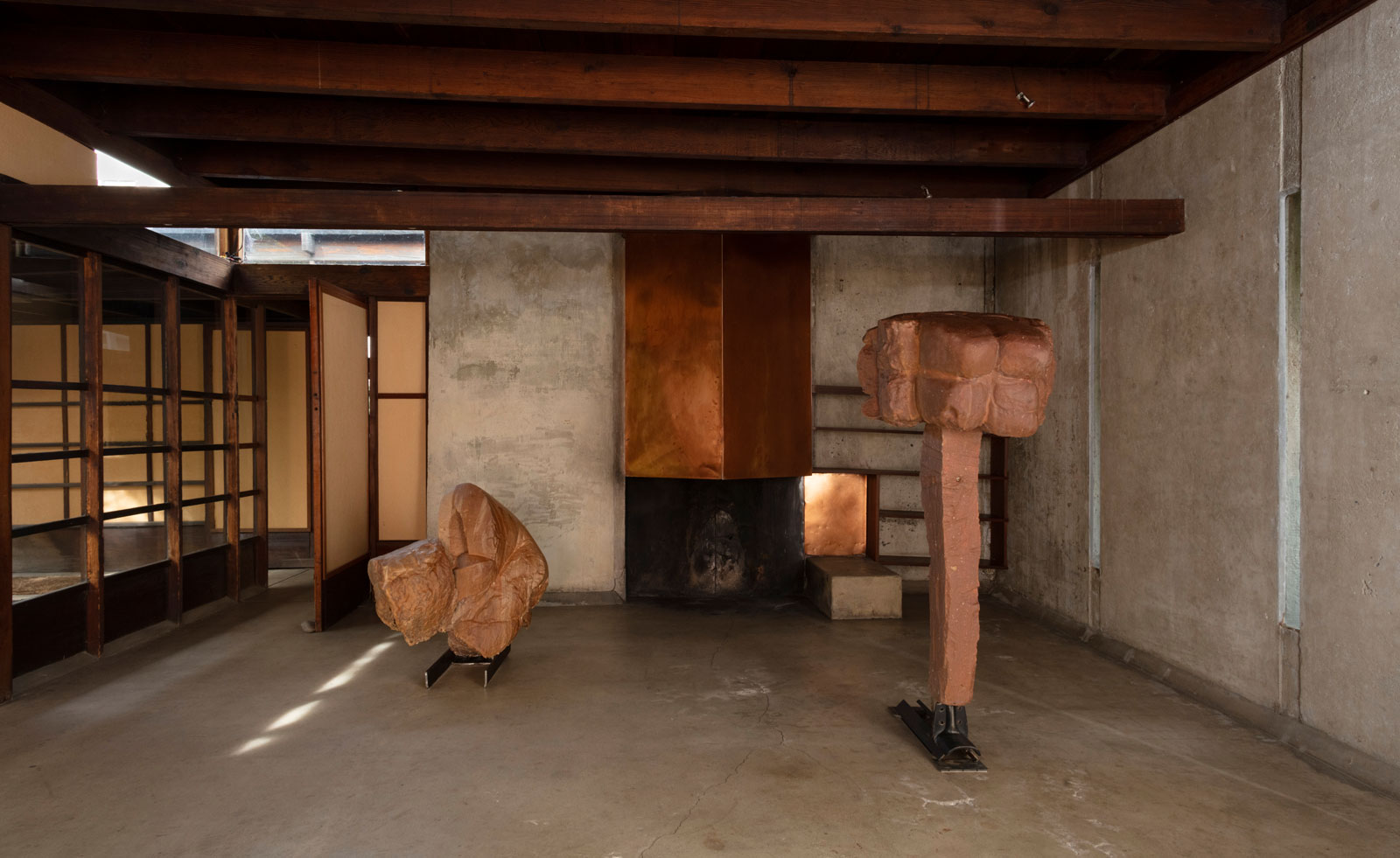 Helmut Lang showcases his provocative sculptures in a modernist Los Angeles home
Helmut Lang showcases his provocative sculptures in a modernist Los Angeles home‘Helmut Lang: What remains behind’ sees the artist and former fashion designer open a new show of works at MAK Center for Art and Architecture at the Schindler House
-
 In ‘The Last Showgirl’, nostalgia is a drug like any other
In ‘The Last Showgirl’, nostalgia is a drug like any otherGia Coppola takes us to Las Vegas after the party has ended in new film starring Pamela Anderson, The Last Showgirl